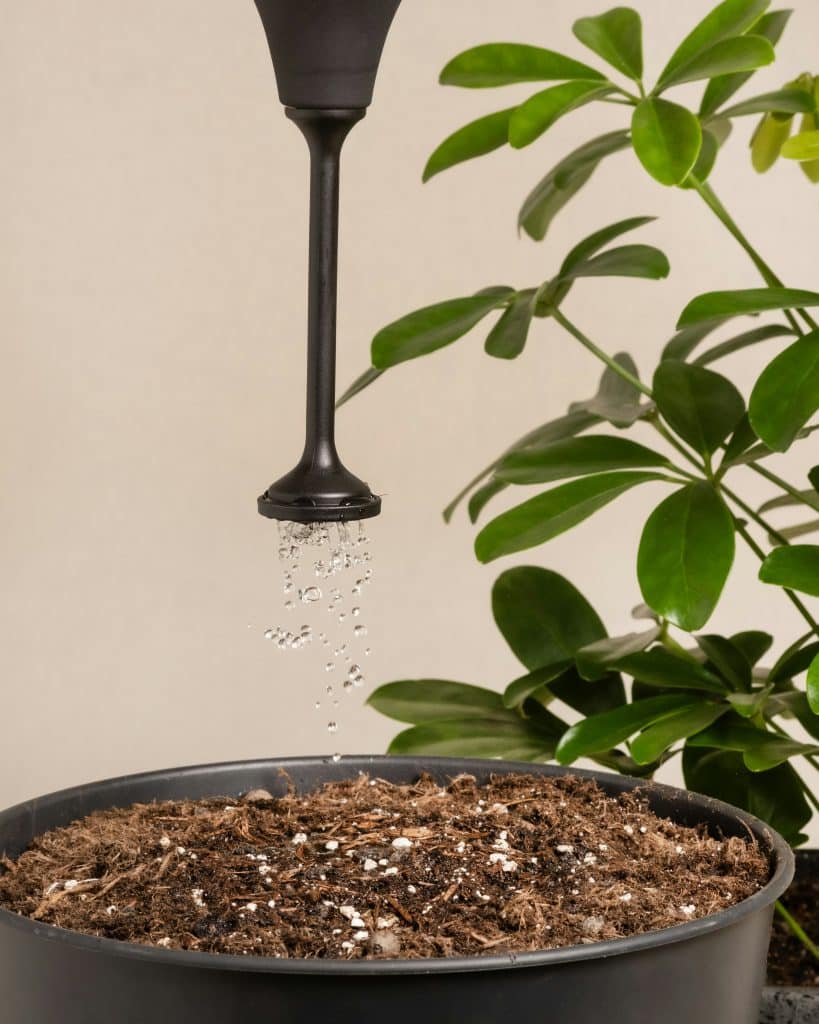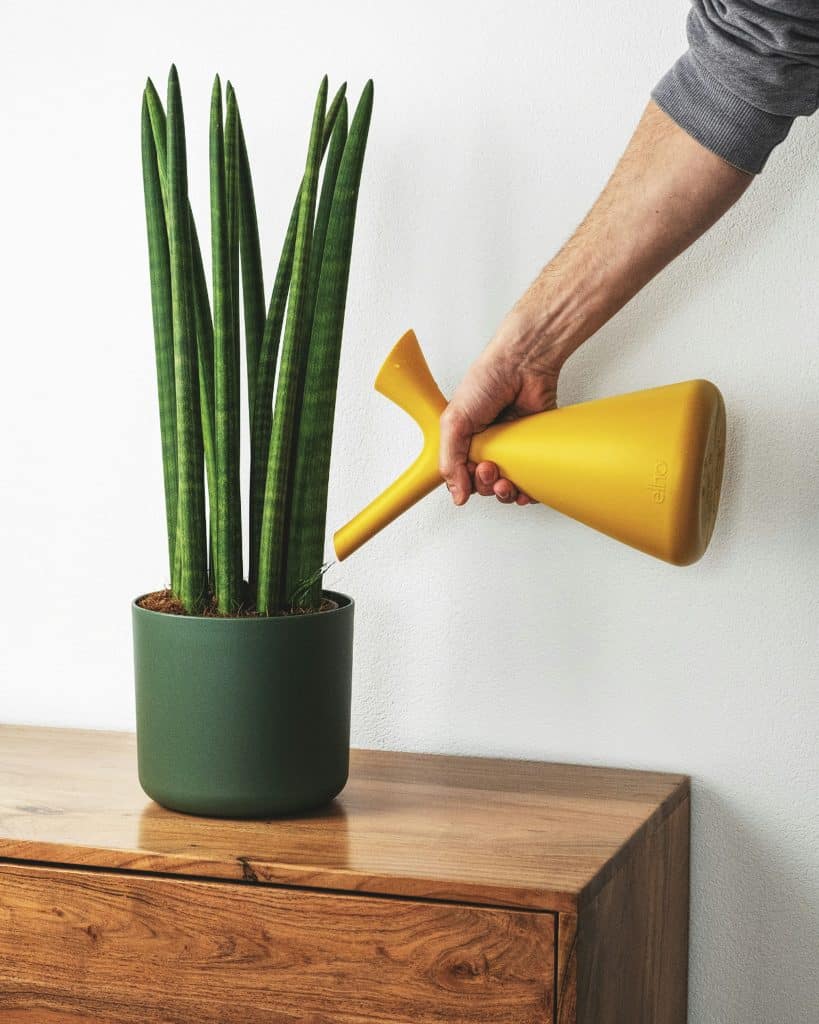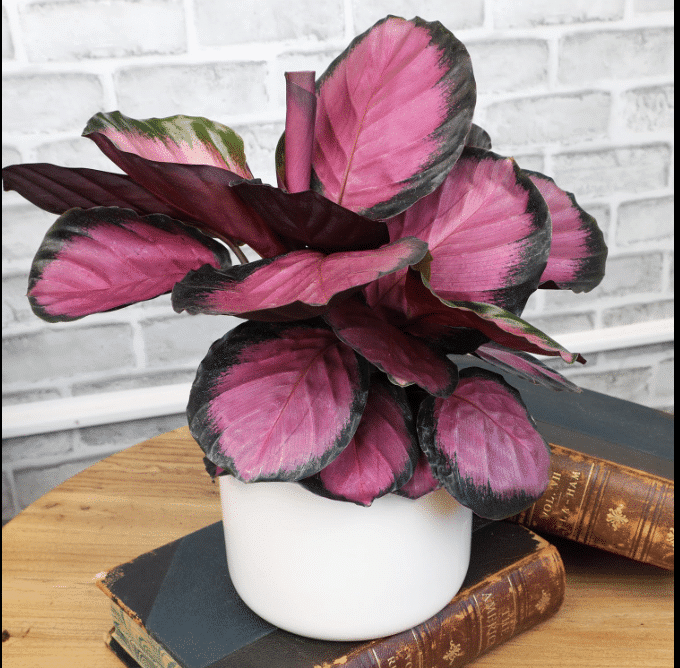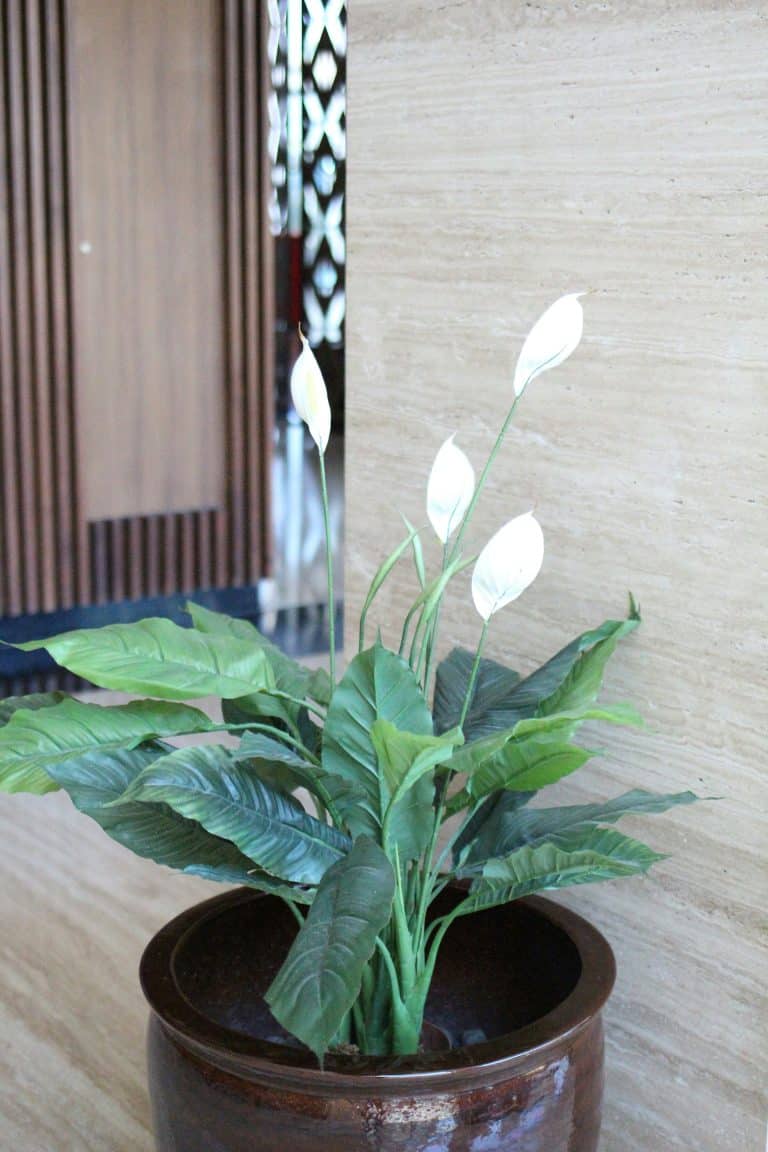How to water Indoor Trees That Receive Little Sunlight
Master the art of watering indoor trees in low light—learn timing, soil checks, and moisture tips—grown in our Brooklyn community home.

When you purchase through links on our site, we may earn an affiliate commission, which helps sustain our blog!
Watering indoor trees that thrive in low light requires a different approach than sun-loving plants. Less sunlight means slower evaporation and growth, making overwatering a common mistake. But how do you strike the right balance? We’ll walk you through the best watering strategies to keep your trees hydrated and healthy without causing root rot.
TL/DR
How to water low light indoor trees?
Water low light indoor trees only when the top 2 inches of soil feel dry. Use room-temperature water and let excess drain completely. Avoid overwatering, as low light slows evaporation.
Understanding How Low Light Affects Watering Needs

Deep Watering vs. Light Watering—What Works Best?
One of the biggest mistakes we used to make was watering a little at a time, more frequently. It seemed logical—less light means less water, so why not give just a little every few days? But what actually happened was that the surface dried out quickly while the roots below stayed wet, leading to compacted soil, weak roots, and—eventually—fungus gnats.
Now, we deep-water but less often. That means soaking the soil until water drains from the bottom, then waiting until at least the top 2–3 inches dry out before watering again. This method encourages strong, deep root growth instead of weak, surface-level roots that struggle to absorb water properly.
One key trick: Water slowly. If we pour too fast, the water just runs down the sides of the pot instead of actually soaking in. Instead, we water in two stages—pour a little, wait a few minutes, then add more. This lets the soil absorb it evenly instead of creating dry pockets.
Why Bottom Watering Can Be a Game-Changer
We used to think bottom watering was only for small plants, but turns out, it works wonders for low-light trees too. Instead of watering from the top, we place the pot in a shallow tray of water and let it soak up moisture through the drainage holes.
This prevents the topsoil from staying too wet, which is a major cause of fungus and overwatering issues. When we started bottom-watering our Parlor Palm, it was a total game-changer—the plant perked up, the roots got hydrated without sitting in excess moisture, and best of all? No more fungus gnats.
Here’s how we bottom-water:
- Fill a shallow tray with about an inch of water.
- Place the pot in the tray and let it sit for 15–30 minutes.
- Check the topsoil—if it feels slightly damp, the plant has absorbed enough.
- Remove the pot and let any excess water drain before putting it back in place.
We don’t bottom-water every single time, but we mix it in with deep watering to prevent water from sitting on the surface while still giving roots a solid drink. It’s especially useful for trees like Fiddle Leaf Figs or Rubber Plants, which don’t love wet leaves.
The Importance of Letting Soil Dry Between Watering
If there’s one golden rule we follow now, it’s never water on a schedule—water when the plant actually needs it. We used to think that sticking to a weekly routine was the way to go, but after losing a few plants to root rot, we finally got it: the biggest killer of low-light trees isn’t underwatering—it’s overwatering.
For most of our low-light trees, we let the top 2–3 inches of soil dry out before even thinking about watering. Some plants, like our Snake Plant, need to dry out almost completely before they’re ready for more. The trick is knowing that surface dryness doesn’t always mean the roots need water. We’ve learned to:
- Stick a finger into the soil—if it’s dry at least 2 inches down, it’s time to water.
- Lift the pot—a dry plant feels noticeably lighter than a freshly watered one.
- Use a moisture meter for fussier trees that like consistency.
Also read: Common problems with low light trees, and how to keep them thriving.
How to Check Soil Moisture Properly

The Finger Test vs. Using a Moisture Meter
We used to rely only on the finger test—sticking a finger about 2 inches into the soil to feel for moisture. It works well for many plants, but with bigger indoor trees, we quickly realized its limitations. The top two inches might feel bone dry while the lower half of the pot is still soaking wet, which led to us watering when we shouldn’t have.
That’s when we brought in a moisture meter, and honestly? It was a game-changer. This little tool gives a quick reading of the moisture levels deep in the soil, so we’re no longer guessing based on surface dryness. It’s especially helpful for trees in deep pots where it’s impossible to feel the moisture with just a finger.
How we use both methods:
- For smaller trees, we still use the finger test—it’s quick, easy, and reliable for shallow-rooted plants.
- For bigger, deeper pots, we stick a moisture meter about halfway down to get a true reading. If it’s still moist at the base, we hold off on watering.
- If we’re unsure, we check in two spots—the edge of the pot and near the center—to avoid misleading dry pockets.
Why Surface Dryness Doesn’t Always Mean the Roots Need Water
One of the biggest mistakes we made early on was watering just because the topsoil looked dry. We assumed dry soil on top = thirsty plant. But after dealing with mushy roots and fungus gnats, we realized that the real action is happening below the surface.
So why does the topsoil dry out faster than the rest?
- Airflow—especially if a fan or vent is nearby, the top dries out quickly while the lower soil stays wet.
- Pot material—terra cotta pots wick moisture away, drying the surface faster than plastic or glazed ceramic pots.
- Soil composition—peat-heavy soil retains moisture at the bottom long after the top has dried out.
Now, before we water, we always check deeper in the pot. If the top is dry but the soil an inch or two down still feels cool and damp, we wait a few more days. The key is to water when the deeper soil is drying out—not just the surface.
Also read: our selection of best pots for low light trees
Best Practices for Checking Moisture Levels in Different Types of Soil
Not all soil is created equal. Some mixes dry out fast, while others hold onto moisture like a sponge. We’ve found that knowing what type of soil we’re dealing with makes checking moisture levels way more effective.
For dense, moisture-retaining soil (like peat-heavy or compacted soil):
- Use a moisture meter—it’s nearly impossible to judge by touch since the lower layers stay wet for weeks.
- Aerate the soil occasionally with a chopstick or skewer to let air circulate and prevent water from pooling.
For well-draining soil (like a chunky mix with perlite or bark):
- The finger test works well since moisture distributes more evenly.
- The “lift test” helps—a dry pot feels noticeably lighter than a freshly watered one.
For trees in extra-large pots:
- Check in multiple spots—moisture levels can vary across the pot.
- Stick to deep watering and bottom watering, since top watering can leave dry pockets.
Adjusting Watering Frequency Based on Seasonal Changes
Why Winter Watering Is Different from Summer Watering
Winter and summer couldn’t be more different when it comes to watering. In summer, our trees are actively growing, meaning they use water faster. The warm air also helps moisture evaporate from the soil quickly, so we end up watering more frequently. But in winter? Everything slows down—growth, evaporation, and water absorption—which means we need to water much less.
Some things we’ve learned about winter watering:
- Watering too often in winter leads to root rot – Trees in low light already need less water, and in winter, they need even less. Most of our low-light trees go from watering every 10–14 days in summer to every 3–4 weeks in winter.
- Cold soil stays wet longer – In summer, moisture evaporates faster, but in winter, cold soil holds onto water. If the soil feels cool to the touch, we wait even longer before watering.
- Avoid watering in the evening – We always water in the morning so excess moisture has time to evaporate. Watering at night can lead to cold, soggy soil, which is a perfect recipe for root rot.
For trees like Fiddle Leaf Figs or Dracaenas, we cut back on watering by at least 30-50% in winter and never water unless the soil is truly dry.
How Humidity Affects Soil Moisture Retention
Humidity plays a huge role in how quickly soil dries out, and we’ve had to adjust our watering based on how dry or humid our home feels. In the summer, humidity is usually higher, meaning the soil holds moisture longer. But in winter, indoor heating sucks the moisture out of the air, making everything—including our plants—dry out faster than expected.
Here’s how we adjust for humidity changes:
- When humidity is high (above 60%), we check soil moisture carefully before watering. Even if it’s been a while, damp air can slow down evaporation, so our trees may not need water as often.
- When humidity drops below 40% (especially in winter), we increase misting, use pebble trays, or run a humidifier instead of just watering more. This keeps moisture levels balanced without risking overwatering.
- We group plants together to create a naturally more humid microclimate, which helps slow down moisture loss in the soil. This also is a primary input – grouping based on its care conditions – in styling our low light trees.
We’ve found that humidity monitors (which are super cheap) help us make better watering decisions. If the humidity drops below 30%, we don’t just increase watering—we find ways to increase moisture in the air instead.
Adapting Your Watering Schedule to Temperature Fluctuations
Temperature changes can speed up or slow down how fast soil dries out, which means we need to adjust our watering habits accordingly. We used to think that just checking the soil was enough, but once we started factoring in room temperature, we noticed patterns that made watering way easier.
Here’s how we adapt based on temperature:
- When it’s hot (above 75°F / 24°C), soil dries out much faster, so we check our trees more frequently. Sometimes, our bigger trees need water twice as often in the summer compared to winter.
- When it’s cool (below 65°F / 18°C), soil stays damp longer, so we cut back on watering and give the roots more time to breathe.
- Drafts and heating vents matter – Trees near air vents or heaters dry out way faster than those in stable, room-temperature areas. We had to move a few of our trees away from direct heat sources after realizing they were drying out way too fast in winter.
For us, the key to watering indoor trees properly all year round has been staying flexible—not sticking to a rigid schedule, but adjusting based on seasonal growth, humidity, and temperature. Once we stopped treating watering as a fixed routine and started treating it as an ever-changing process, our trees became much healthier, and we stopped losing them to seasonal mistakes.
Conclusion
Watering low-light indoor trees isn’t just about frequency—it’s about understanding how slower evaporation and growth impact their needs. By adjusting your approach, checking soil moisture carefully, and preventing overwatering, you’ll keep your indoor trees thriving in even the dimmest corners of your home.






